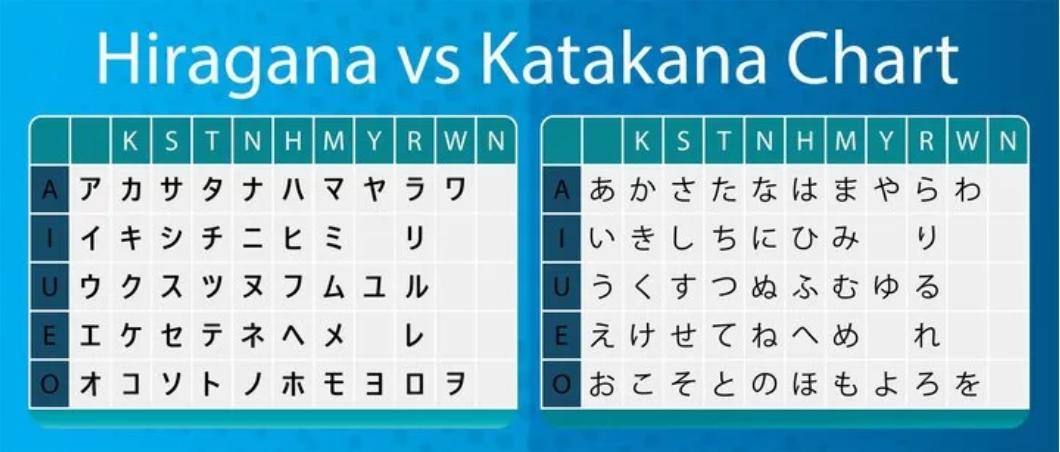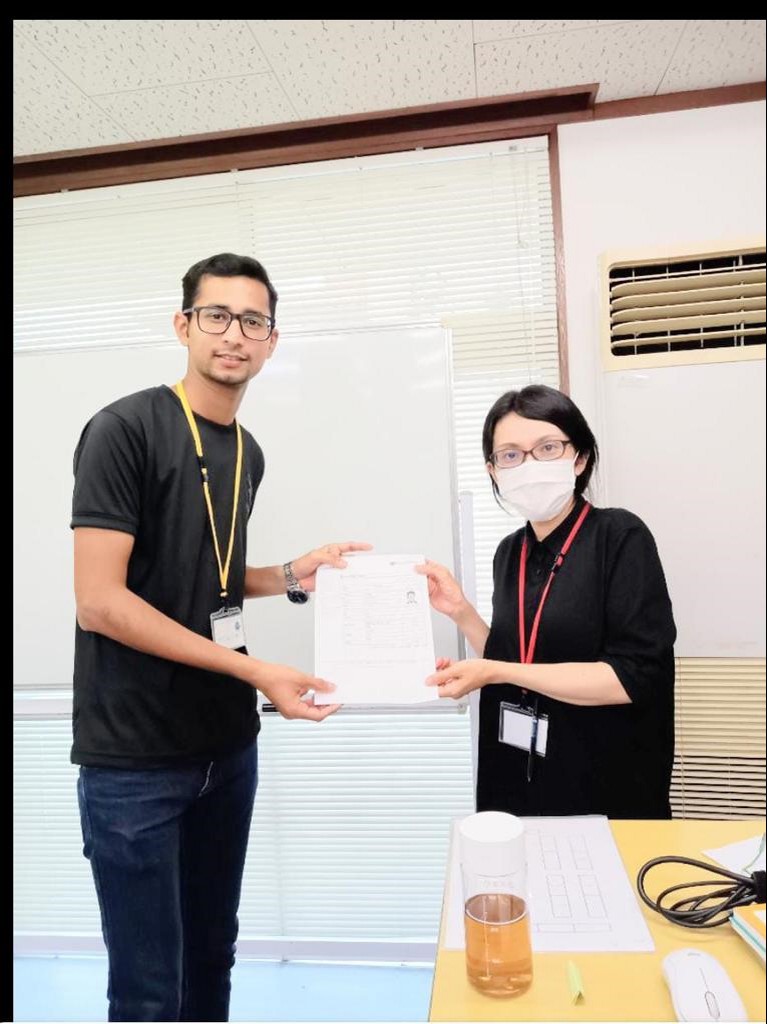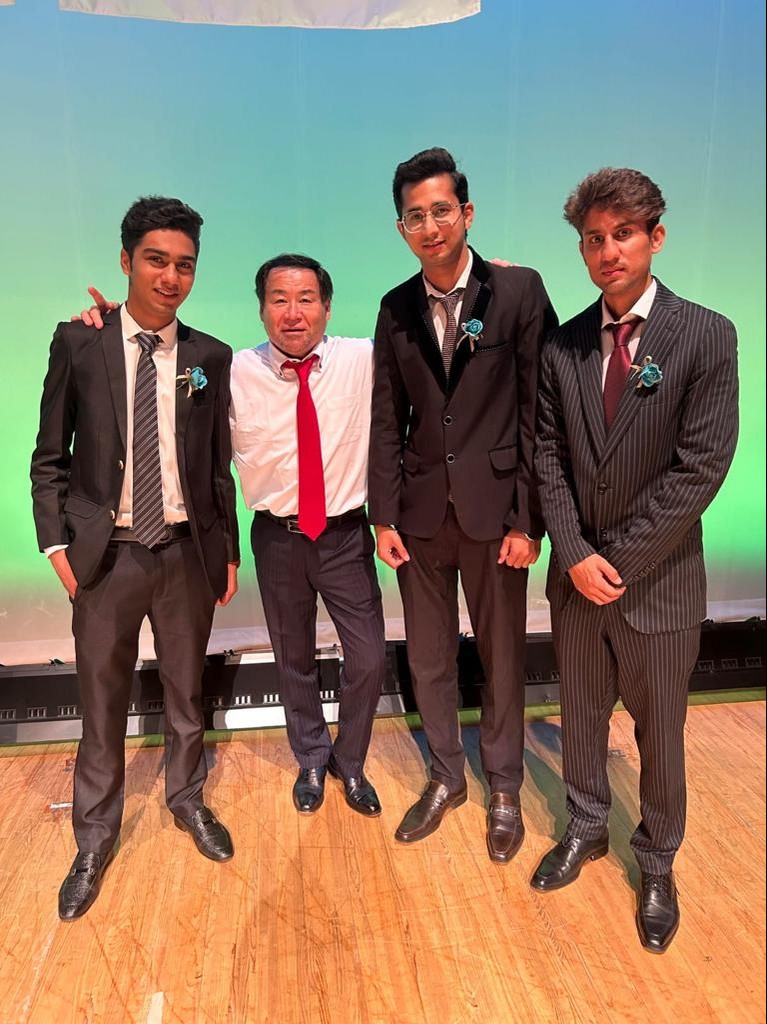
Hiragana and katakana in Japanese
Hiragana and Katakana are two of the three writing systems used in the Japanese language, with the third being Kanji. Each of these systems has its own distinct characteristics and purposes.
Phonetic Script Hiragana is a phonetic script consisting of 46 basic characters. It is primarily used for native Japanese words, grammatical elements, verb and adjective endings, and to write words that do not have Kanji characters.
Cursive Style Hiragana characters have a more flowing and cursive appearance, with rounded strokes and curvier lines. This makes it well-suited for writing quickly by hand.
Syllabic Structure Each Hiragana character represents a specific syllable, either a vowel sound or a consonant followed by a vowel sound. Childhood Education: Hiragana is often taught to Japanese children before they learn Katakana and Kanji. It’s the foundation for reading and writing in Japanese.
Informal Writing Hiragana is commonly used for informal and casual writing, like personal letters and diary entries.
Furigana Hiragana is often used alongside Kanji characters to provide pronunciation guidance, especially in texts for younger readers or learners.
Katakana Phonetic Script Like Hiragana, Katakana is also a phonetic script consisting of 46 basic characters. It is primarily used for foreign loanwords, onomatopoeia, technical or scientific terms, and for emphasis.
Angular Style Katakana characters have a more angular and straight-lined appearance compared to the curvier Hiragana characters. This style is often seen as more modern and technological.
Syllabic Structure Similar to Hiragana, Katakana characters represent syllables, making it useful for representing non-Japanese sounds that are not covered by Hiragana.
Foreign Words Katakana is commonly used for writing foreign names, places, and words borrowed from other languages.
Emphasis and Style Katakana is sometimes used to add emphasis or draw attention to specific words or phrases in a text. Transcription: Katakana is used to transcribe non-Japanese names and words into a phonetic Japanese form. For example, “computer” becomes “コンピュータ” (konpyūta) in Katakana.
In summary, while both Hiragana and Katakana are phonetic scripts, they have distinct uses and visual styles. Hiragana is more cursive and used for native Japanese words, while Katakana is angular and used for foreign words and emphasis. Understanding both scripts is essential for reading and writing in Japanese, as they serve different linguistic and communicative purposes.



